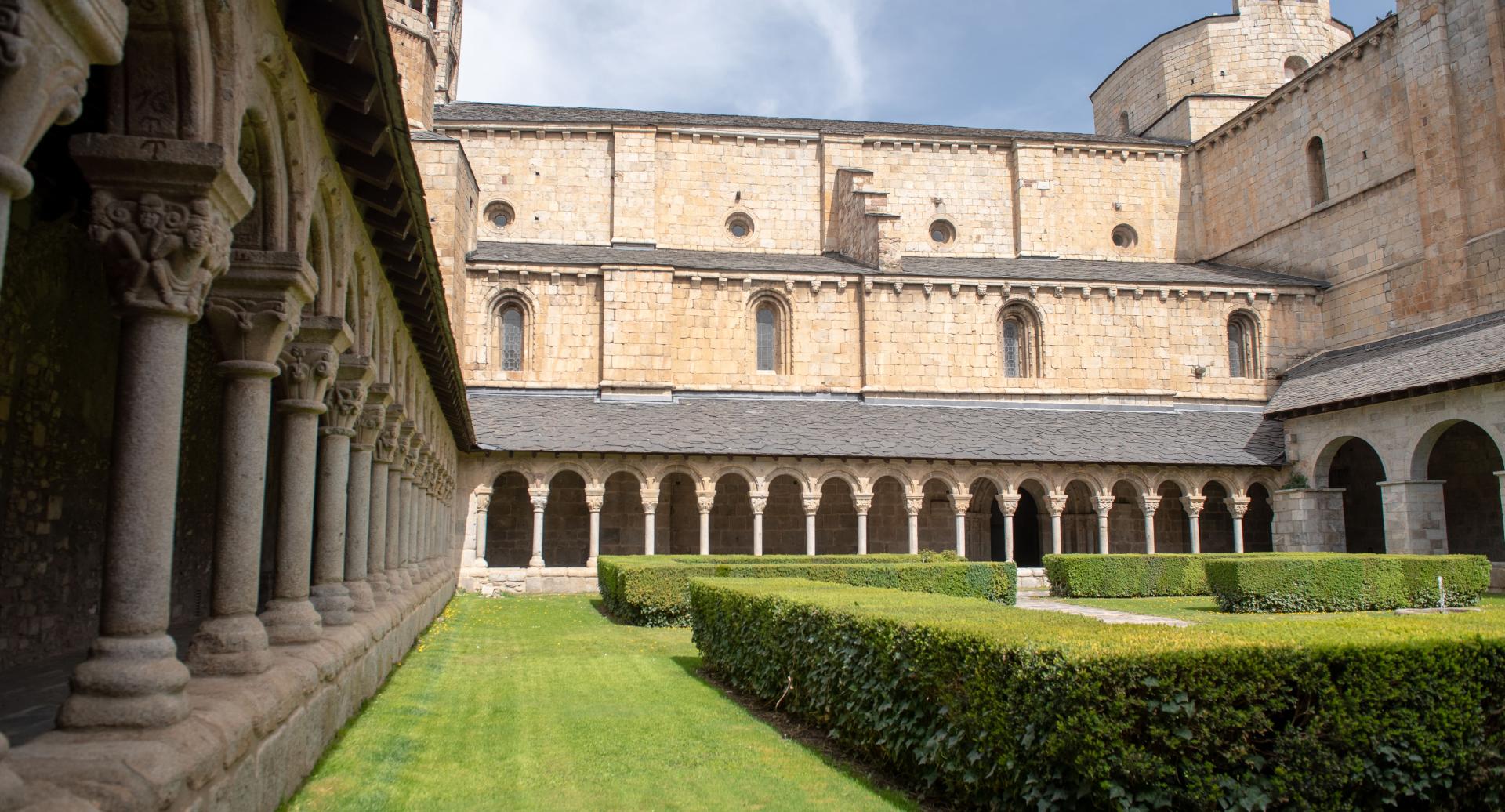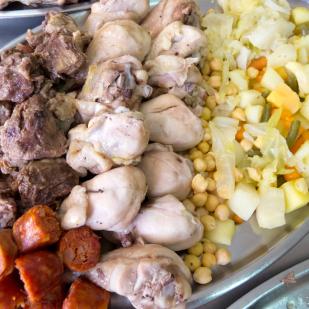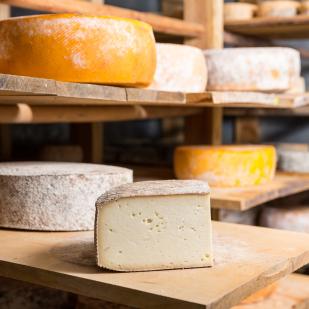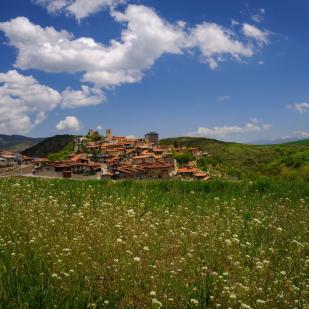

Do you want to know the most cultural and historical side of the Seu d'Urgell? Come to know the multiple offer of activities offered by this territory, rich in museums and fairs of all kinds and intended for all audiences and members of the whole family.

A gathering place where you can find the best of the cheese production in the mountain range, it is also an area of learning and knowledge exchange.
It is celebrated on the 3rd weekend of October.

The markets are held outdoors, every Tuesday and Saturday, in the streets of the historic center of the city (Carrer Major, Carrer dels Canonges, Plaça Patalin and Plaça dels Oms). Half of the nearly 70 stops are for food. The produce from the garden and nearby has a special relevance. The rest of the stalls offer products from the textile, footwear, accessories and crafts sectors.

Built on the site of an earlier cathedral, the current Cathedral of Santa Maria is the main architectural undertaking of the 12th century in Catalonia and the main manifestation of the Catalan Romanesque style.

The Museu Diocesà d'Urgell brings together a very interesting artistic ensemble from the different parishes of the bishopric of Urgell. The pieces on display cover a period from the 10th to the 18th century.

At the end of the 20th century, the growth of the city and urban planning demanded the execution of new interventions around the Valira river. It is a river park, located on the left bank of the Valira river as it passes through La Seu d'Urgell.

A living learning space that ensures the preservation of the municipal collection, spreading the cultural, natural and gastronomic heritage of Alt Urgell and the historical legacy of our city.

Every summer, the Festival of Ancient Music of the Pyrenees (FeMAP) brings music closer to the Pyrenees territories. The participating municipalities host around fifty concerts by renowned groups and soloists in the field of early music.

Such as Arsèguel, Bescaran, Estamariu, the old Abbey of Sant Serni de Tavernoles in Anserall.

Medieval representation that includes the various aspects of the life of the revered bishop. The work is based on the panels of an old baroque altarpiece dedicated to the life of the saint that we can see inside the cathedral.

On Passeig Joan Brudieu, many people from Urgellen gather there to collect the escudella made by the confraternity of Sant Antoni. The day includes a solemn mass with the distribution of the 'bread' of Sant Antoni, the blessing of the animals and the Three Tombs by the 'flag bearers'.
It is celebrated on January 17.

Routes through our region, through which you will discover how the different artisanal products are made, you can taste them in the workshops themselves. The star product is the cheeses, of which we have a wide variety: cow, sheep and goat, traditional or new, all of them worthy of mention.

The Museum of the Trementinaires opened its doors in 1998 to collect the memory of a trade practiced by some women who lived in the Vansa valley (Alt Urgell).
The museum occupies the ground floor of the Tuixent Town Hall building.

At Dinosfera they will enjoy a journey of 70 million years to learn how these animals reproduced, thanks to the most recent study of their fossils and, especially, of those recovered in Coll de Nargó, one of the sites most important in the world of dinosaur eggs and nests.

Innovative bet to recover the historical memory of the events of those years and make available to the public a decisive episode in the history of Cerdanya and the country.